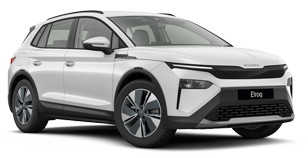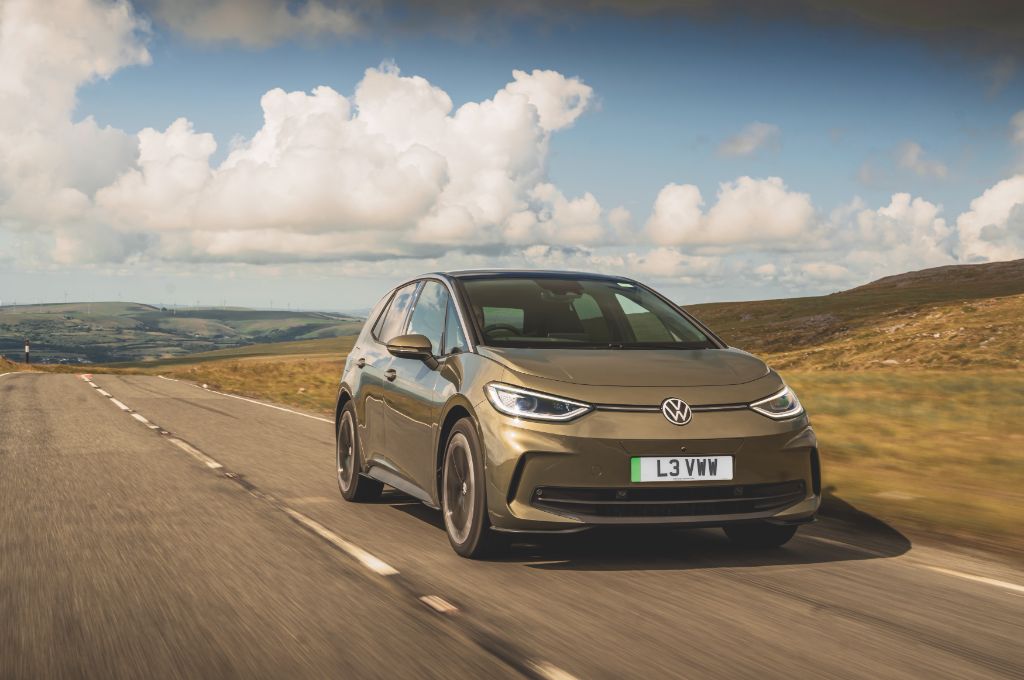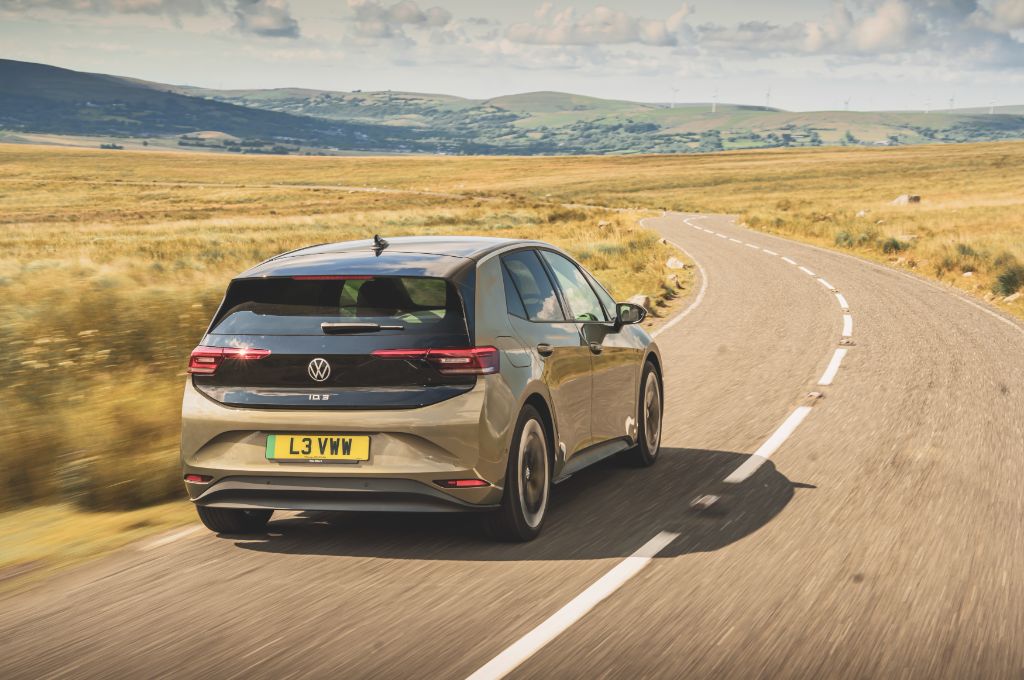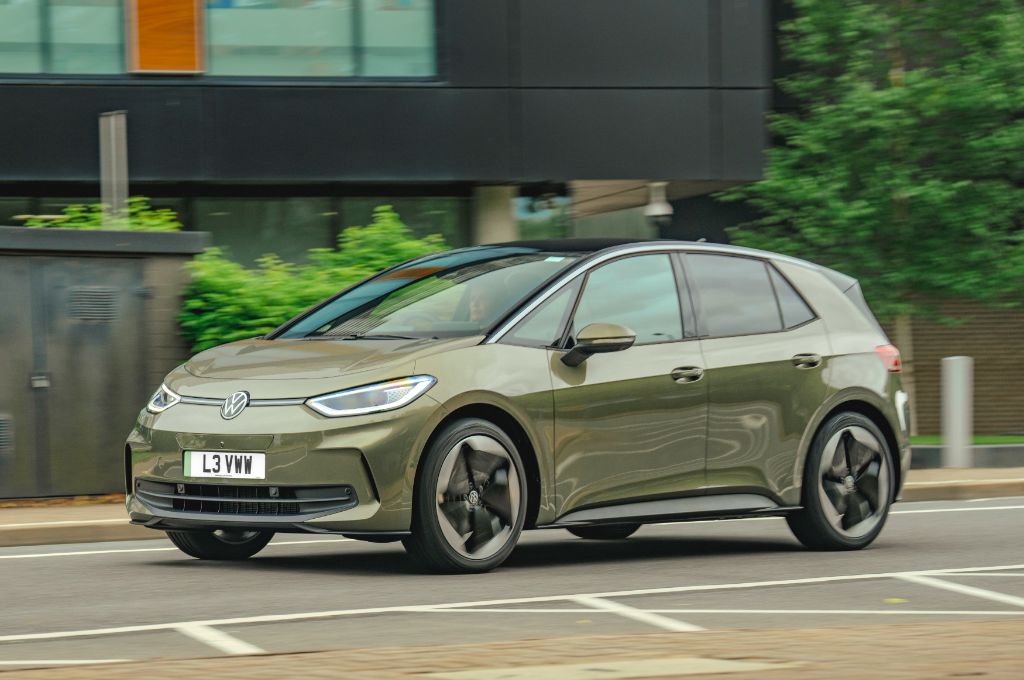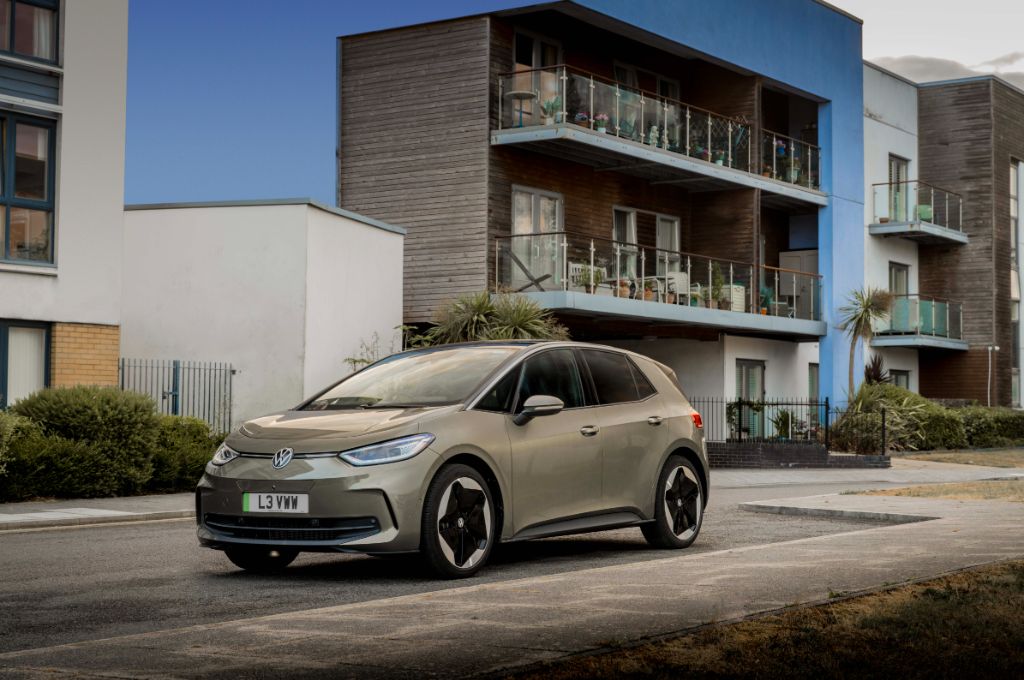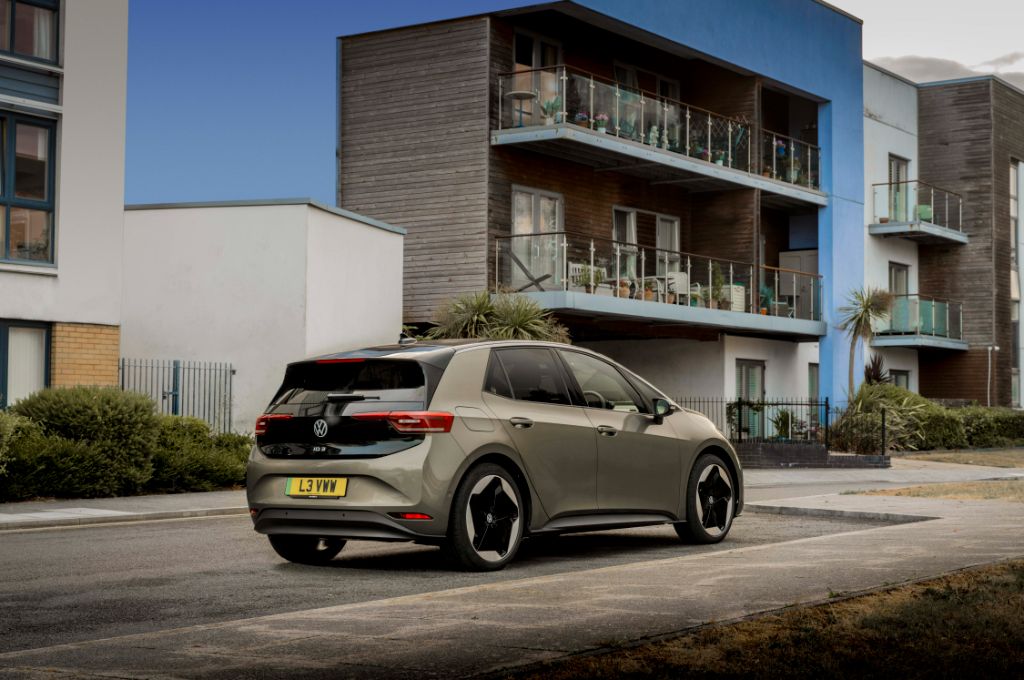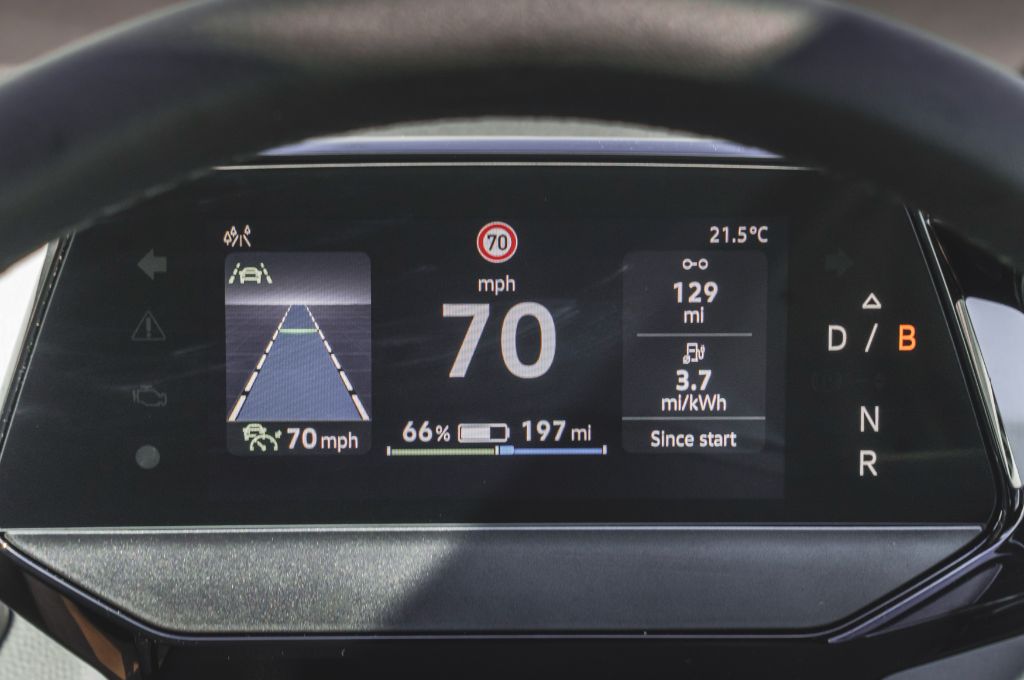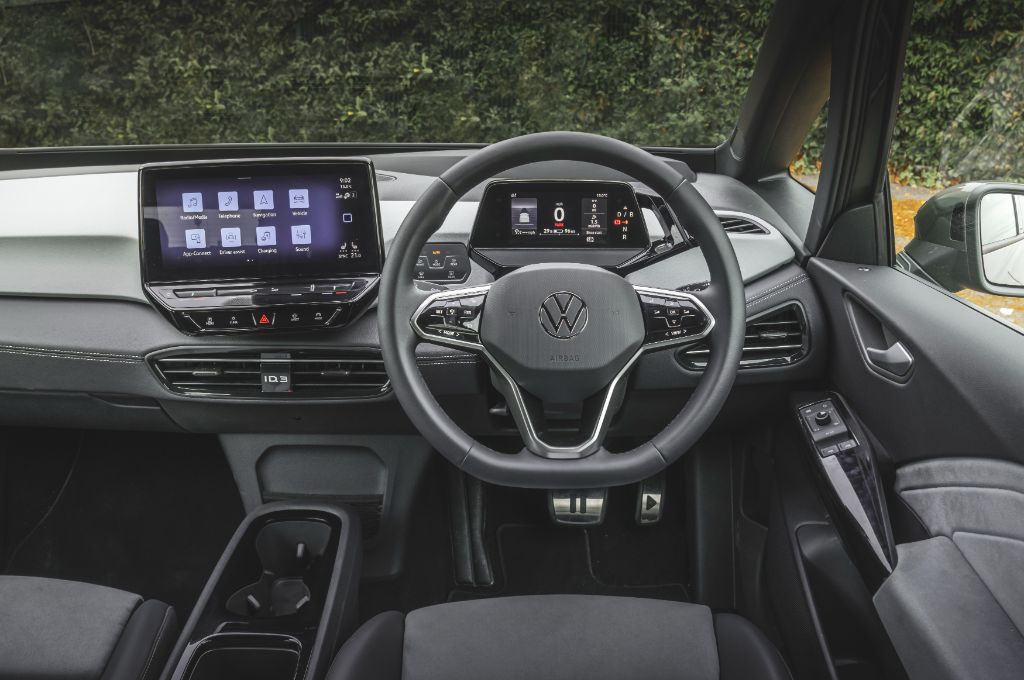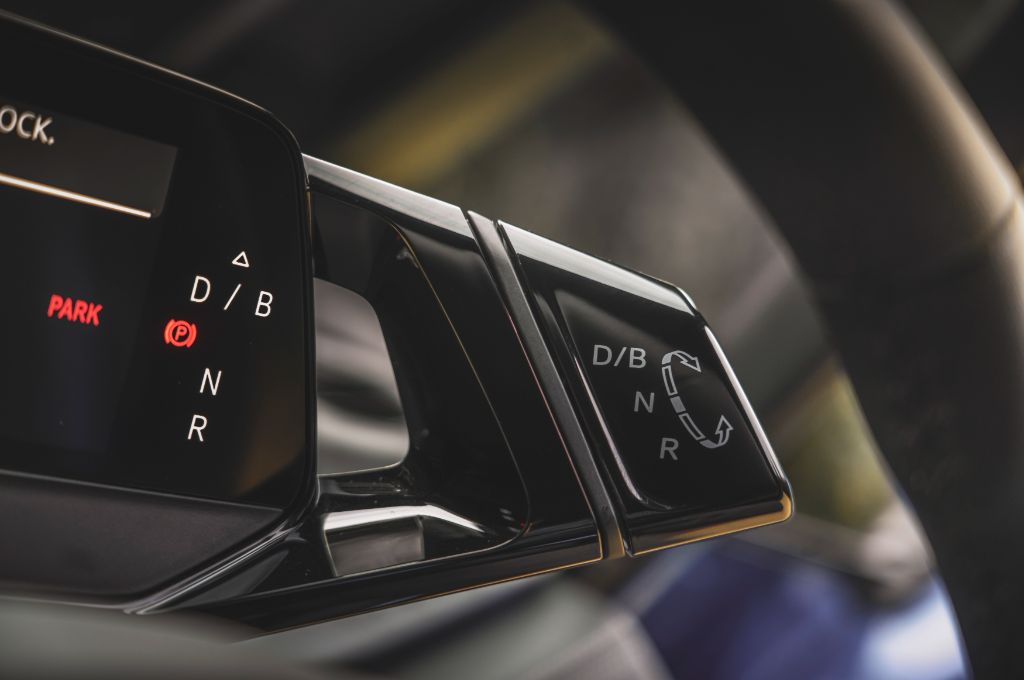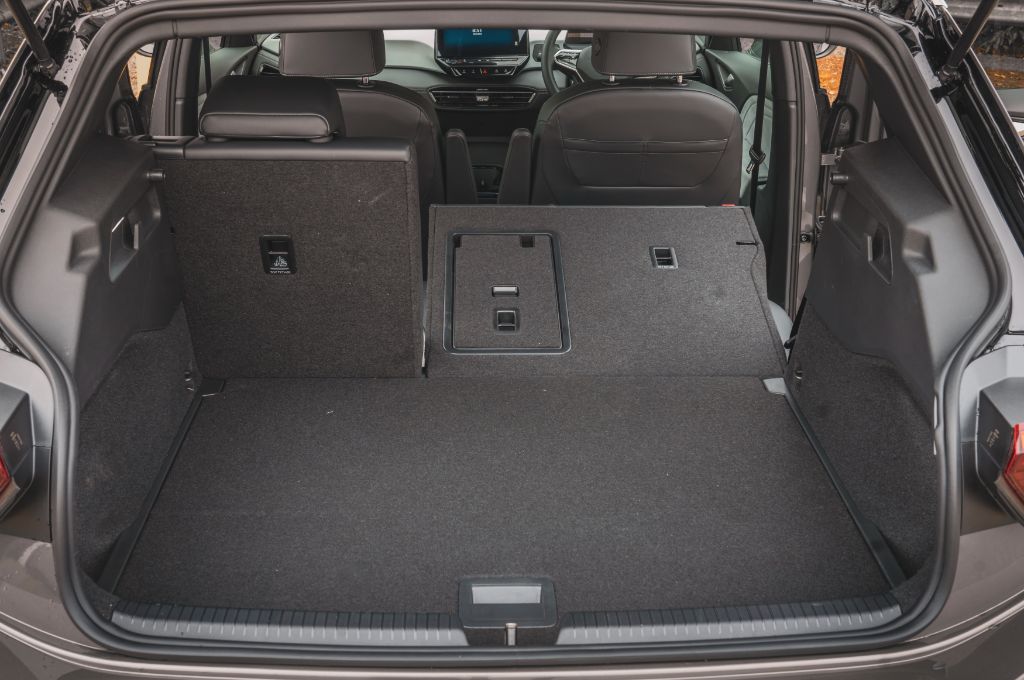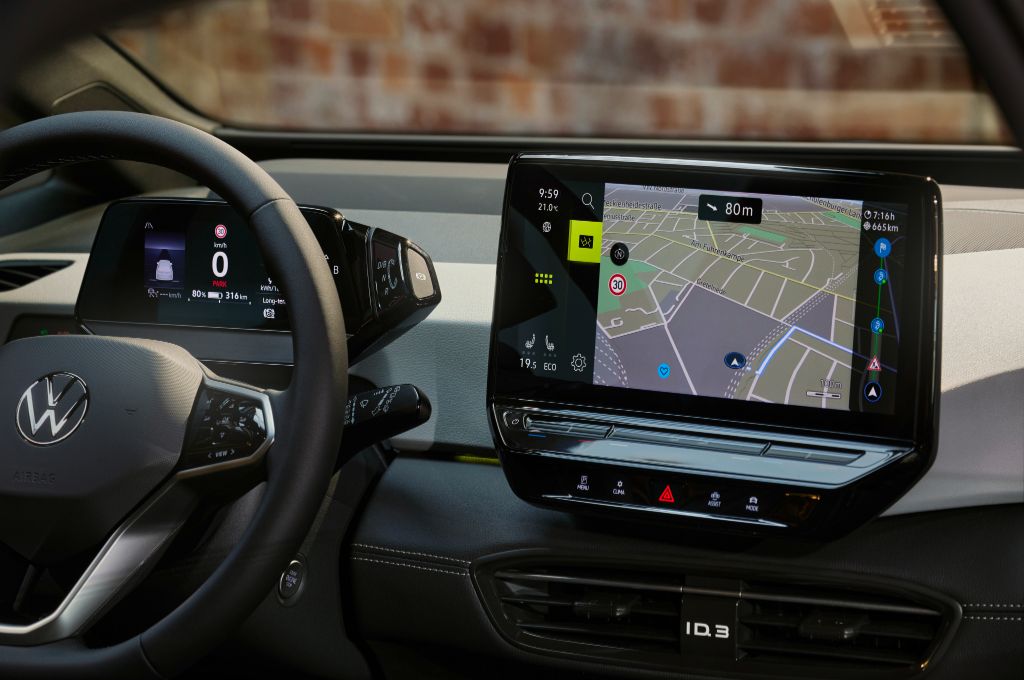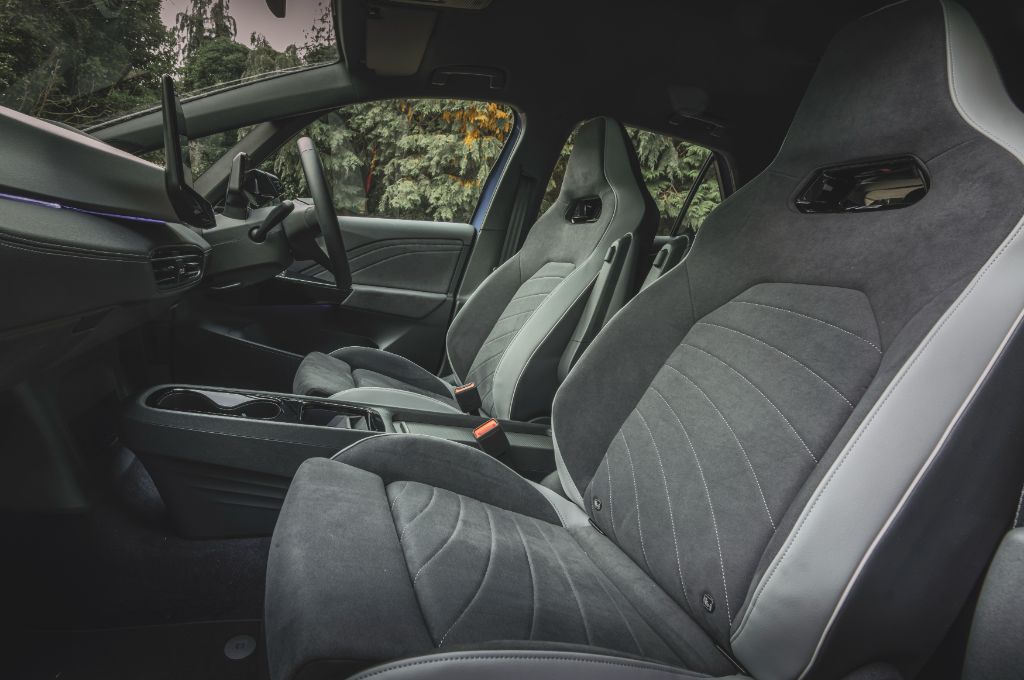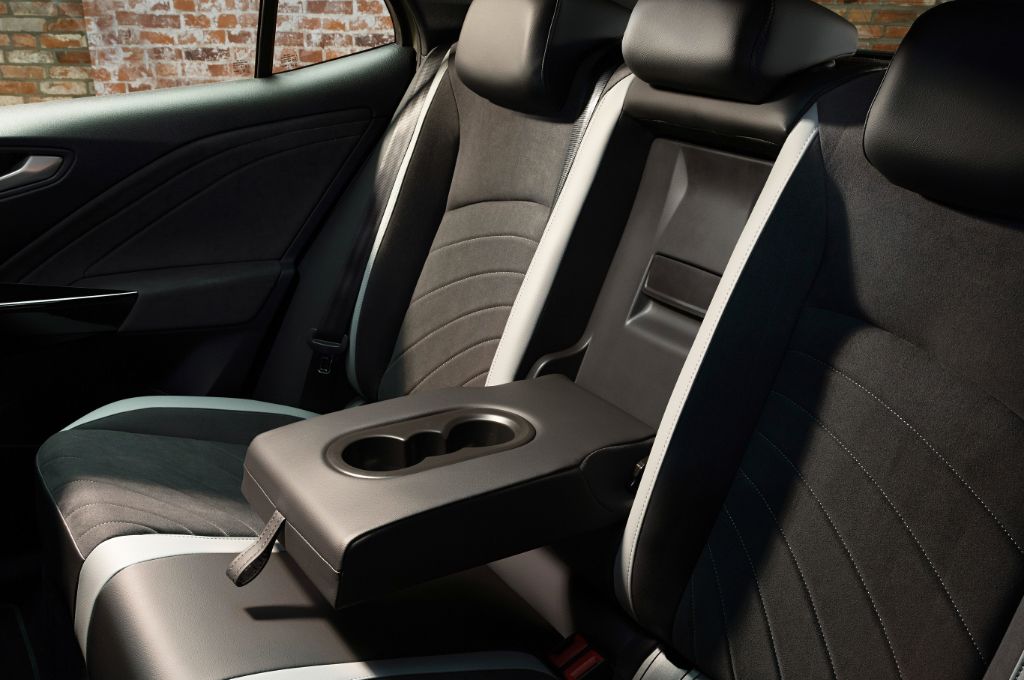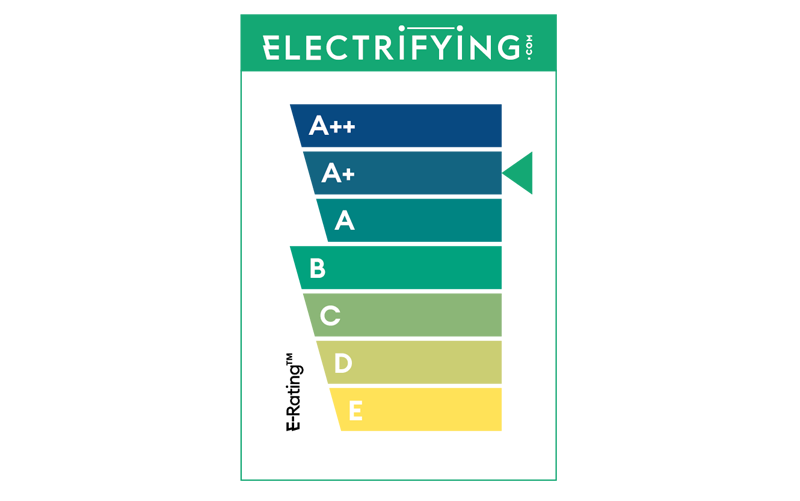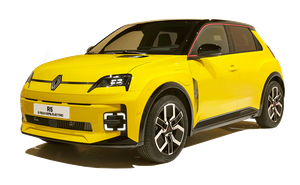Range
The Volkswagen ID.3 isn't the most efficient electric family car - we find the Kia EV3 and Nissan Leaf a touch more efficient in the real world. Even so, the VW is very decent for range and efficiency. WLTP claimed figures put the 52kWh ID.3 Pure at 240 miles of range depending on what wheels and trim you go for, and in the real world we'd estimate that it'll manage around 170- to 190 miles in winter, or it'll probably eke up towards 220 miles in gentle driving and summer conditions.
The 59kWh ID.3 Pro models have a range of up to 269 miles, so we'd expect a real-world range of more like 190 - 240 miles. The 79kWh ID.3 Pro S is a good option for anyone who really needs a touring EV, as it offers up to 351 miles WLTP electric range, although we'd estimate real-world range of roughly 270 - 320 miles. If you want the absolute best range possible then you could add the optional heat pump as well. It's not a cheap option, though, and you'll need to do a lot of miles to make up for the cost of adding it. Some rivals including the MG4 and Peugeot e-308 have a heat pump as standard, but it will help to improve your range in winter.
Battery
All of the batteries in the VW ID.3 use lithium-ion NMC battery chemistry, and all have battery heating and cooling management systems, so the longevity of the battery pack is likely to be very good. It's reasonable to expect a loss of around 1- to 2% battery performance per year depending on how you use your car (the average battery degradation on modern electric cars is 1.8% per year).
You can also check out the BYD Atto 3, with its innovative 'Blade' battery, if you want to see the sort of alternative battery tech that the ID.3 is competing with.
It's worth mentioning that Volkswagen states usable battery capacity, so you are charging 52-, 59- or 79kWh of the battery cells. The 'total' (or gross) battery capacity will be a little higher than those stated figures to account for a buffer of non-chargeable cells that are simply there to help to keep the battery healthy for longer.
An eight year, 100,000 mile warranty is provided for the ID.3's battery, and VW will refurbish or replace it if it drops below 70% of the as-new performance within that period.
Charging
Maximum charging speeds vary by battery size. The 52- and 59kWh model can take a DC charge at a maximum rate of 120kW, which is higher than many of its rivals that often top-out at 100kW charging rates. The 79kWh Pro S does even better, and will deliver peak charging rates of 170kW. You'll have to look at more expensive alternatives like the Tesla Model 3 and Hyundai Ioniq 5 to get faster charging.
Find a 150kW rapid charger and you'll have a 10-80% top-up in 30 minutes in any of the ID.3 models. The 79kWh model will manage a 100 mile top-up in around 10- to 15 minutes, while the smaller battery cars will take more like 20 minutes to gain the same additional range.
If you're charging at home on a standard 7kW wallbox, a charge from empty to full will take under ten hours for the smaller-battery models, or under 13 hours for the Pro S. Both have a maximum 11kW AC charge rate, but that will only be a benefit if you plug into an AC charger that can support 11kW charging or more; these are normally found in industrial estates or as public chargers on the kerbside or in town car parks. It's extremely rare that a domestic property in the UK can support charging speeds of more than 7kW.





